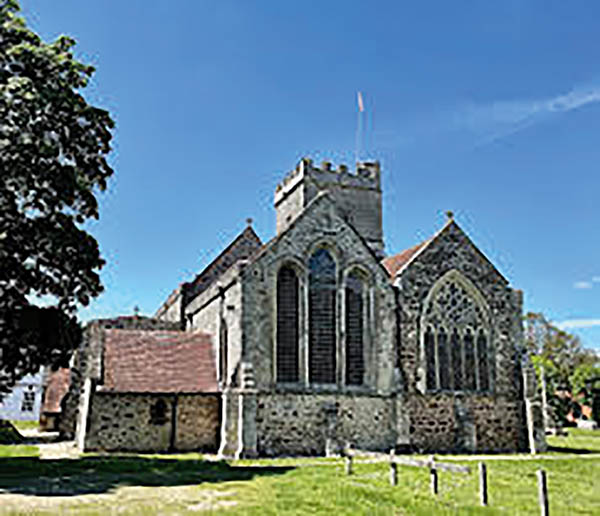Sometimes, being a miser can be a good thing
 Green heating specialist Christopher Dunphy relates how his ChurchEcoMiser system helped one church save energy and money.
Green heating specialist Christopher Dunphy relates how his ChurchEcoMiser system helped one church save energy and money.
When churchwarden Nigel Sprat contacted me about St Mary’s Church in Fordingbridge, situated on the edge of the New Forest, I was delighted to be involved with the programme of upgrading at one of Hampshire’s finest churches.
The church had been heated for the previous 20 or so years by a gas-fired warm air system, but it had come to the end of its life. The warm air system was not entirely suitable as it was giving rapid temperature differentials, which can be detrimental in a church as old as St Mary’s.
Our ChurchEcoMiser system has now been installed and allows the church to be heated in five zones, giving much greater flexibility of operation and lower energy consumption. It also gives greater stability of humidity as well as better comfort levels.
A brief history of the church underlines the importance of protecting the fabric of such an important building.
A church on the site is mentioned in the Domesday Book of 1086. It was rebuilt by the Normans around 1150 and would then have been an open space internally. The north chapel and north and south aisles were added around 1230. Within another 100 years the clerestory had been added, the tower raised – in modern times housing eight bells plus a Sanctus bell – and the north chapel extended. The chapel has a straight tie beam truss roof of chestnut that masquerades as a hammerbeam roof.
Lands in Fordingbridge and the advowson of the church were granted to King's College, Cambridge in 1447 by Henry VI, after being given to the Crown by Humphrey, Duke of Buckingham.
Externally the church has changed little since the 16th century, although originally the exterior flintwork would have been plastered as at one of its neighbours, St Mary in Breamore.
Internally, the church looks much as it did after the 1840 renovation, except for the addition of the organ in 1887 and the reredos in 1920. The church was restored between 1901 and 1903 under the direction of Charles Ponting.
The church once had a ‘three-decker’ pulpit, but that has been removed. In very recent years the Victorian pews were replaced by chairs to facilitate using the space much more flexibly. In 2000 a new window was commissioned.
• For more information visit www.churchecomiser.co.uk.













